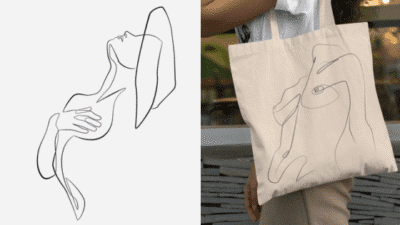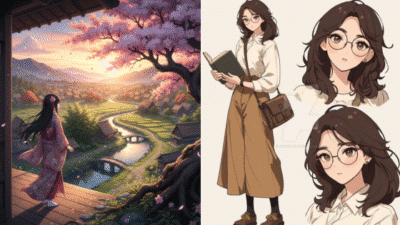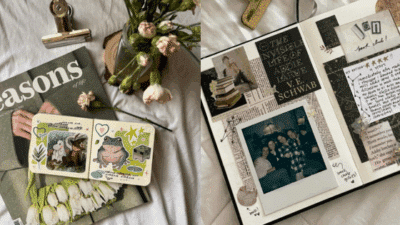Ever found yourself staring at a blank digital canvas, cursor blinking, mind utterly devoid of ideas? It’s a common plight for many digital artists, often dubbed “creative block.” But what if I told you that overcoming this hurdle and finding abundant digital art inspiration doesn’t require complex rituals or expensive workshops? Sometimes, the most potent sparks of creativity lie hidden in plain sight, in the casual rhythms of your everyday life.
Unlocking your artistic potential is less about waiting for lightning to strike and more about learning to recognize the smaller, consistent glows around you. It’s about cultivating a mindset that actively seeks out and interprets visual cues, sounds, and feelings into tangible artistic concepts. This isn’t about rigid discipline; it’s about playful exploration and allowing yourself to be open to the unexpected. In this guide, we’ll dive into 10 casual yet incredibly effective ways to instantly boost your digital art inspiration, transforming those moments of creative drought into wellsprings of fresh ideas. Get ready to fill your artistic reservoir without even breaking a sweat.
1. Observe the World Around You with Fresh Eyes

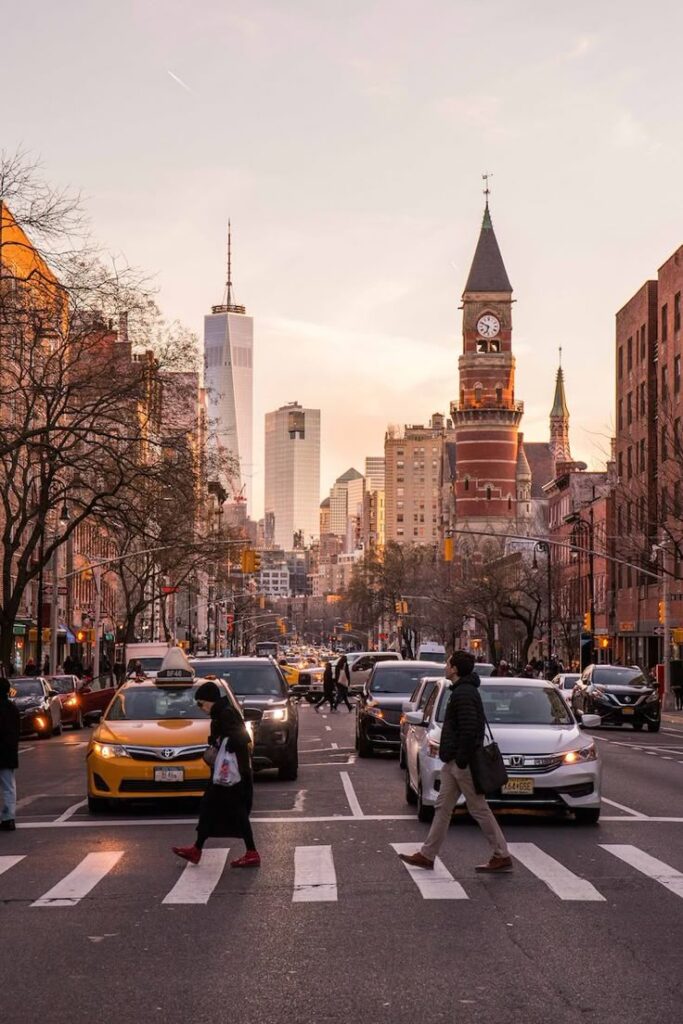
It sounds simple, right? Yet, how often do we truly see the world, rather than just glance at it? Digital art inspiration is everywhere, from the mundane to the magnificent. Take a casual stroll through your neighborhood, a local park, or even just sit by a window. Look at how light hits objects, the textures of tree bark, the intricate patterns in a sidewalk crack, or the unique expressions on people’s faces. Notice the color palettes of everyday scenes – the gradient of a sunset, the subtle greens and browns of a mossy wall, the vibrant hues of a street market.
Pay attention to small details you usually overlook. The way a shadow falls across a building at a specific time of day, the unique architecture of an old house, the flow of fabric on a passerby’s clothes. These observations can spark ideas for character designs, environmental backgrounds, or even abstract compositions. Consider taking quick photos or mental notes of interesting juxtapositions, unexpected color combinations, or compelling narratives you witness. You’ll be surprised how quickly these everyday snapshots can become the foundation for a stunning digital piece. It’s about being present and allowing your artist’s eye to filter the ordinary into the extraordinary.
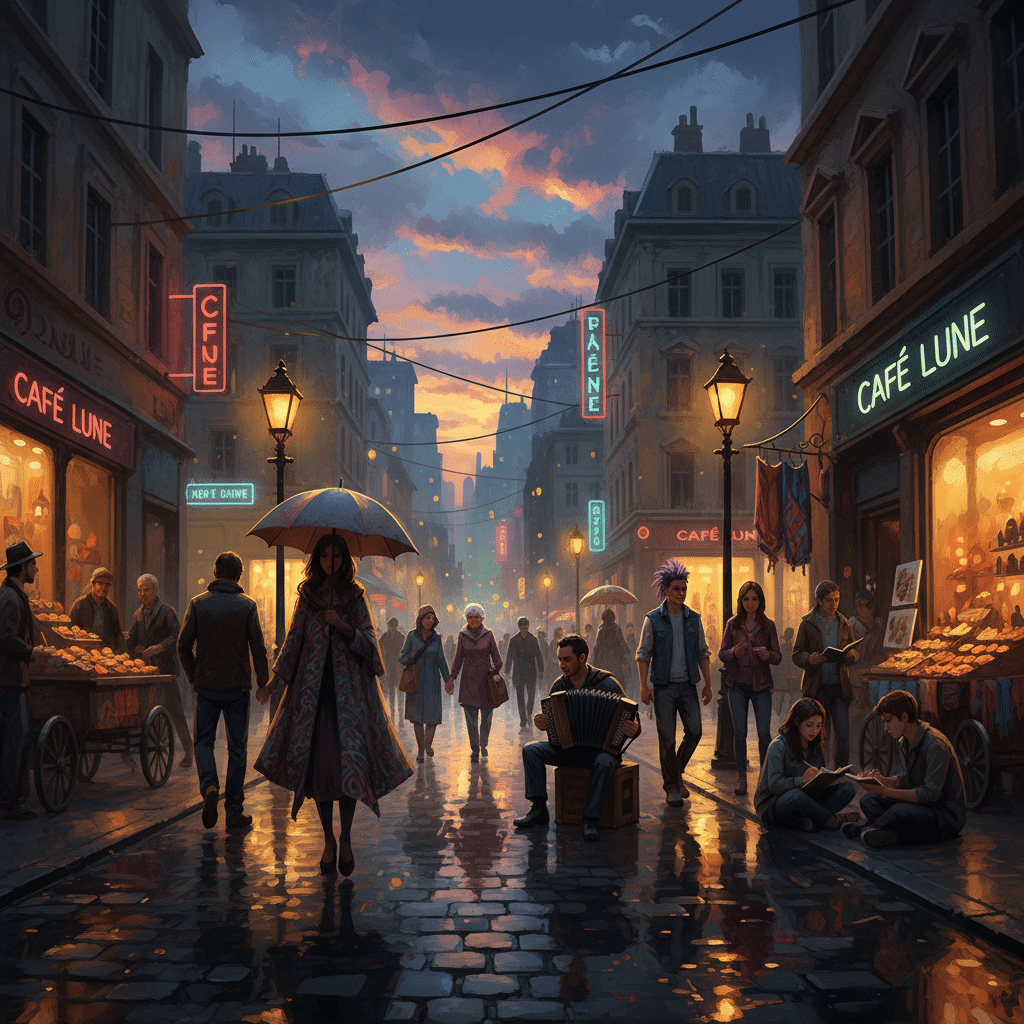
2. Dive into Digital Mood Boards and Curated Collections

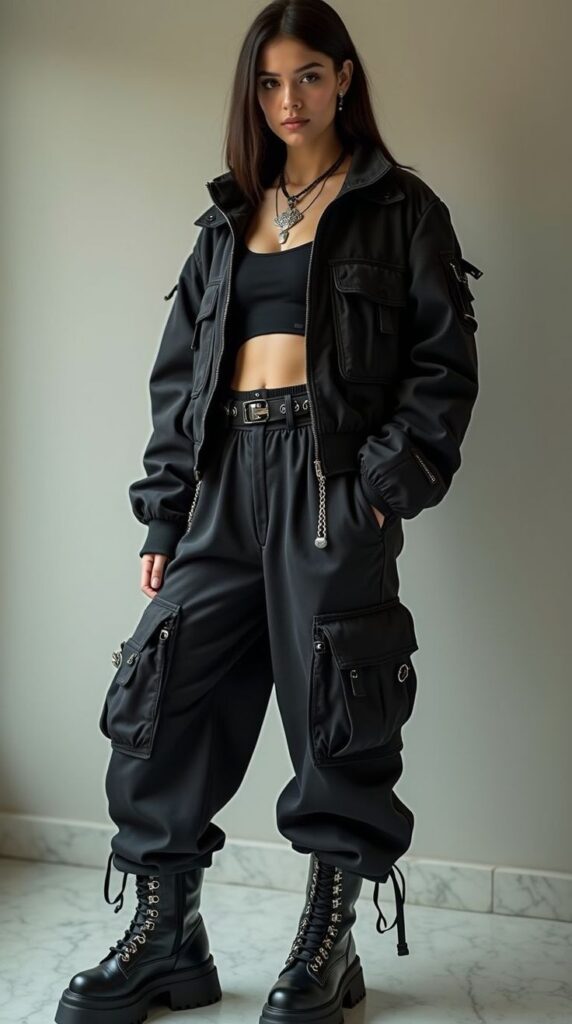
In the digital age, inspiration is literally at your fingertips. Platforms like Pinterest, Instagram, Behance, and ArtStation are treasure troves of visual content. Instead of aimlessly scrolling, try creating curated mood boards. Start with a vague concept – “futuristic city,” “mystical forest,” “cyberpunk fashion” – and then collect images that resonate with that theme. Don’t limit yourself to just finished artworks; include photography, textile patterns, architectural designs, fashion spreads, or even obscure historical images.
The goal isn’t to copy, but to absorb and synthesize. Look at how different artists approach similar subjects. Analyze their use of color, composition, light, and texture. Sometimes, seeing how others interpret a concept can unlock a new perspective for your own work. For instance, if you’re stuck on a character design, browsing various styles of celebrity fashion inspiration can give you ideas for outfits, poses, or even personality traits to incorporate. This practice helps you build a visual library in your mind, allowing you to draw upon diverse influences when you sit down to create.
3. Explore Different Art Styles and Mediums (Digitally)
Feeling creatively drained often stems from sticking to the same routines. Break free by consciously exploring art styles you’ve never tried before. Are you usually a realistic painter? Try dabbling in vector art, abstract expressionism, or even pixel art ideas. The beauty of digital art is that you can experiment without commitment. There’s no expensive paint to waste or canvas to ruin. Download new brushes, experiment with different blending modes, or try a tutorial for a style completely outside your comfort zone.
This isn’t about mastering a new style overnight, but about understanding its principles and seeing how they might influence your existing work. A cartoonist might find new ways to simplify forms by studying minimalist designs, while a concept artist might discover dynamic compositions by exploring manga. The process of learning something new, even if it’s just for an hour, can jolt your brain into a different mode of thinking, opening up fresh avenues for your primary art form. It’s like cross-training for your creative muscles.
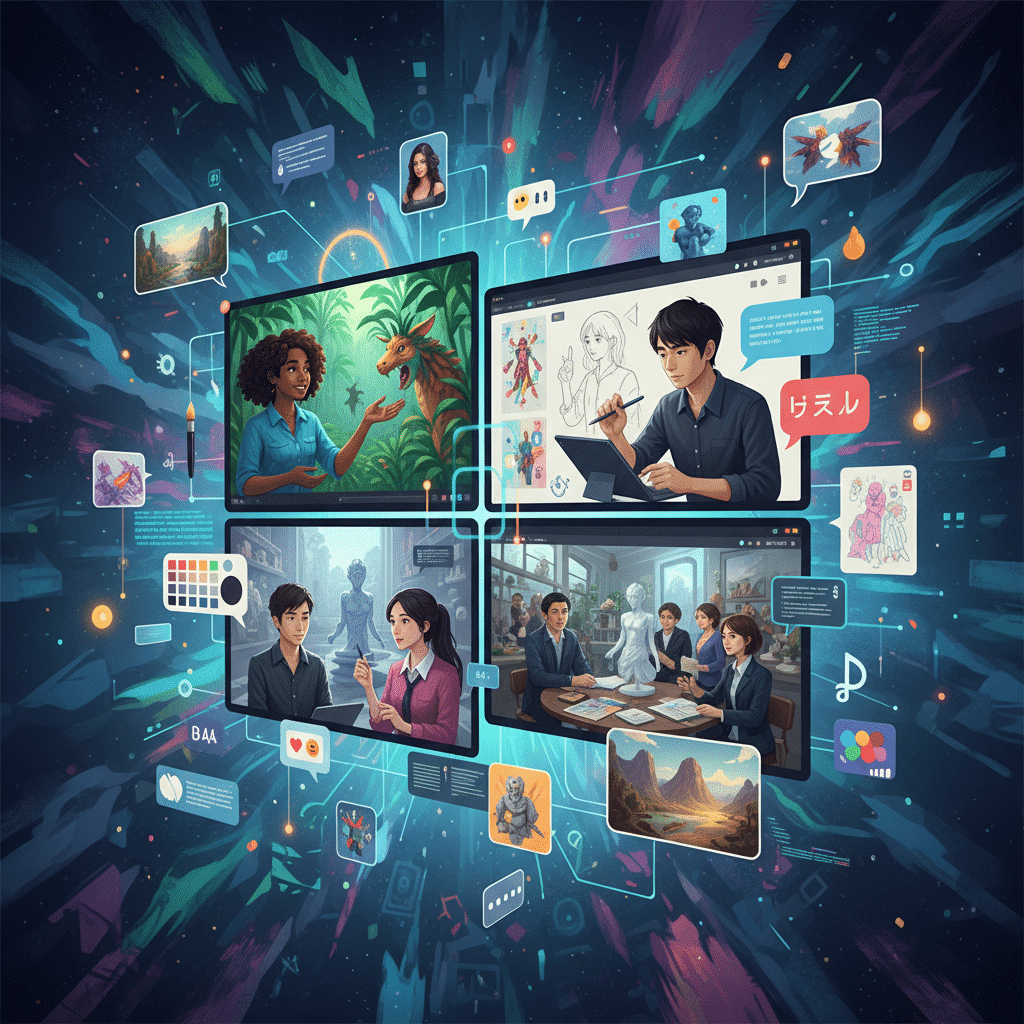
4. Play with Random Generators and Prompts


When your mind draws a blank, sometimes the best solution is to let an external source kickstart it. There are countless online prompt generators designed specifically for artists. These can offer anything from simple word combinations (“ancient forest, glowing crystals, lone traveler”) to complex scenario descriptions. You don’t have to follow them strictly; use them as launchpads. Take a prompt and let your imagination run wild with it. What kind of character would be in that forest? What is the purpose of those crystals? What story unfolds?
Beyond dedicated art prompts, you can also use random object generators, color palette generators, or even surrealist games where you combine unrelated concepts. The goal is to force your brain to make connections it wouldn’t normally consider. For example, if you get “toaster” and “deep space,” how do you combine them? Maybe a sentient toaster navigating an asteroid field, or a spaceship designed like a retro kitchen appliance. These silly exercises can often lead to genuinely innovative and unique ideas, loosening up your creative inhibitions.
5. Listen to Music or Soundscapes Intently

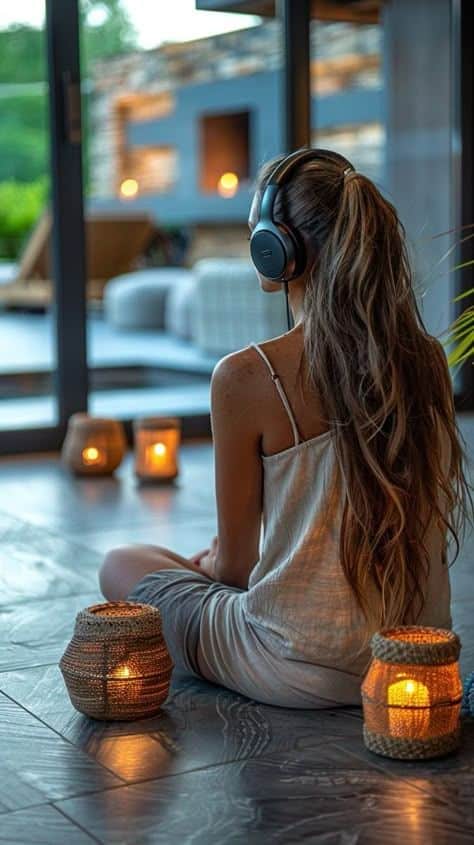
Music has an incredible power to evoke emotions, tell stories, and paint vivid mental pictures. Instead of just having music as background noise, try active listening. Put on a genre you rarely hear, or delve into instrumental pieces, film scores, or ambient soundscapes. Close your eyes and let the music guide your imagination. What colors do you see? What kind of characters or environments emerge? Does it feel fast or slow, heavy or light, melancholic or triumphant?
Pay attention to the rhythm, tempo, instrumentation, and overall mood. A soaring orchestral piece might inspire an epic fantasy scene, while a melancholic piano melody could spark a poignant character portrait. Even specific sound effects within a soundscape can be inspiring – the rustle of leaves, the distant roar of a city, the gentle lapping of waves. Let these auditory experiences translate into visual concepts. You might find that listening to a single track can give you an entire narrative to illustrate, providing a rich source of digital art inspiration.
6. Journal Your Thoughts and Sketch Ideas

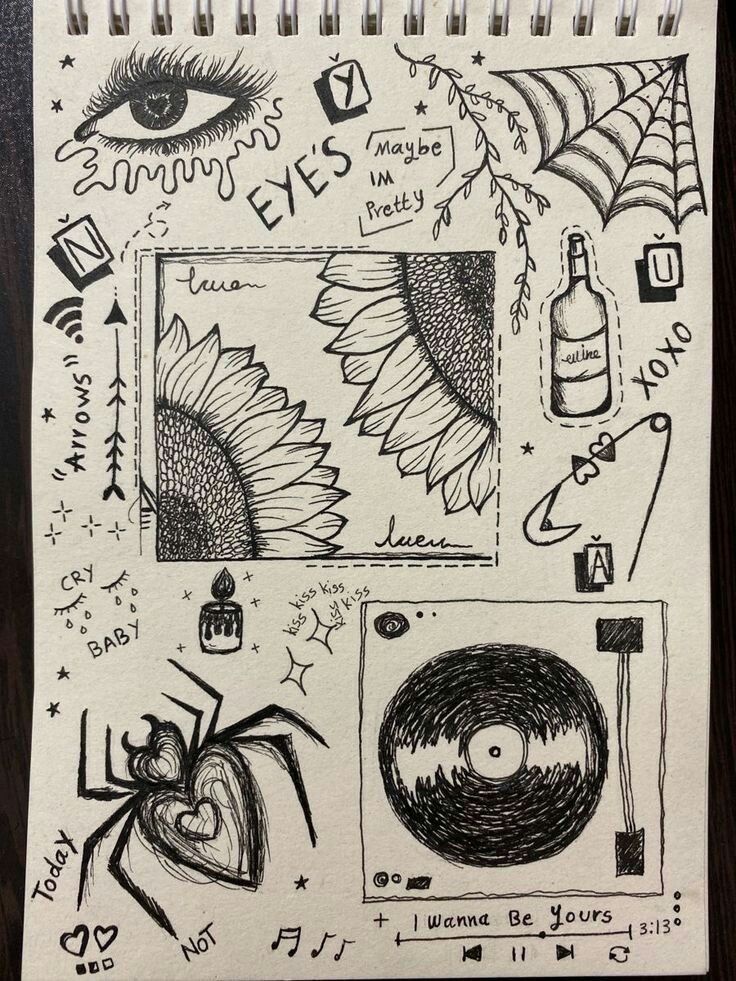
The classic artist’s companion – the sketchbook – is still incredibly valuable, even in a digital world. Keeping a digital or physical sketchbook, or simply a text document for journaling, can be a goldmine of inspiration. Dedicate a few minutes each day to jotting down random thoughts, observations, dreams, or even just silly doodles. Don’t judge what comes out; this is a space for raw, unfiltered ideas.
Sometimes, a fleeting thought or a half-remembered dream can be the seed for your next masterpiece. Writing or sketching helps solidify these ephemeral ideas. You might be interested in exploring ways to visually capture your ideas and daily observations, similar to how to draw ideas: visual notes in everyday life. Even if an idea seems absurd at the moment, writing it down means you can revisit it later. Often, what felt unimportant then can become crucial with fresh eyes. This habit trains your brain to be constantly on the lookout for potential inspiration and gives you a repository of concepts to pull from when creative block hits.
7. Revisit Your Favorite Stories, Games, and Media
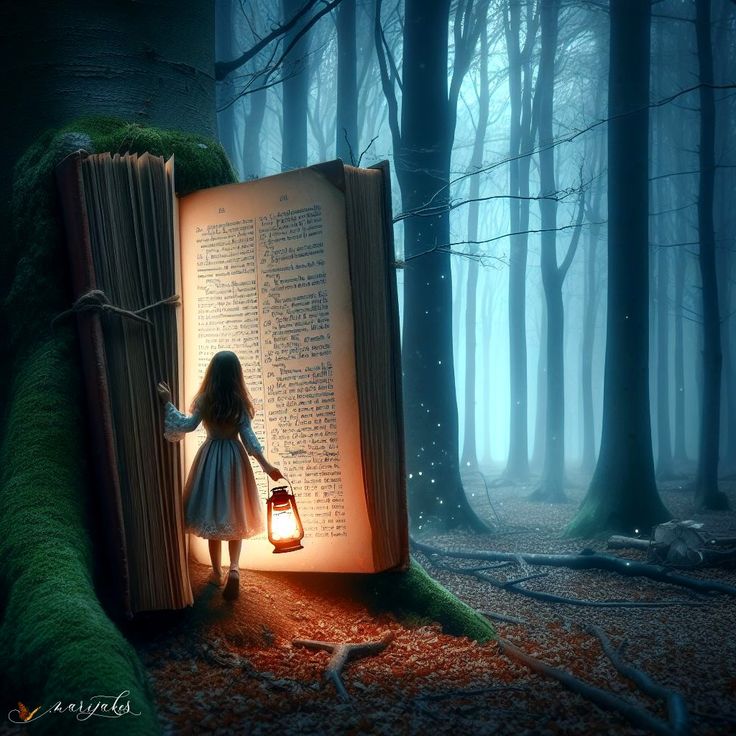
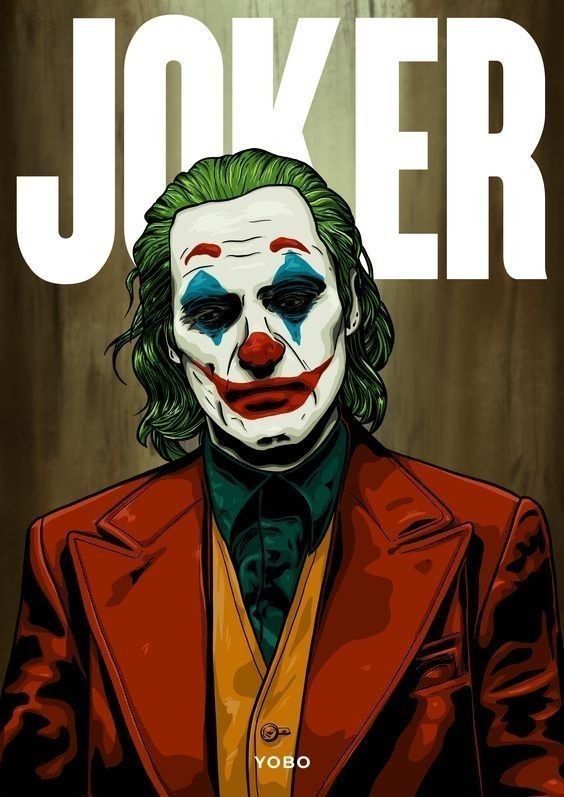
Think about the stories that have always captivated you. Books, movies, video games, comics, animations – what elements truly resonated? Was it a character’s journey, the aesthetic of a particular world, a unique visual effect, or a memorable dialogue? Re-engaging with these beloved pieces of media can reignite your passion and offer new angles for interpretation.
You’re not looking to copy, but to understand why these stories inspire you. Can you take a minor character from a game and imagine their backstory? Can you redesign a scene from a book in your own style? What if a classic fairy tale took place in a sci-fi setting? Deconstruct what makes your favorite media so compelling and then apply those principles to your own ideas. You might find a whole new world of fan art, character studies, or environmental pieces waiting to be explored. This also connects to current trends and what resonates with audiences, giving your art broader appeal.
8. Engage with Online Art Communities and Challenges
The internet isn’t just for passive consumption; it’s a vibrant hub for interaction and collaboration. Join online art communities on platforms like Discord, Reddit (e.g., r/Art, r/DigitalArt), or dedicated art forums. Seeing what other artists are working on can be incredibly motivating. Furthermore, many communities host weekly or monthly art challenges, like Inktober (digital version!), DTIYS (Draw This In Your Style), or themed prompts.
Participating in challenges provides a framework and a deadline, which can be fantastic for pushing past creative inertia. It also exposes you to new interpretations and techniques from other artists. Sharing your work and receiving feedback can offer fresh perspectives on your pieces and help you refine your skills. Even just passively observing the work of others and how they approach different concepts can be a rich source of digital art inspiration, proving that creativity thrives in connection. For instance, platforms like Instagram also offer great Instagram story ideas for showcasing your work and engaging with followers.

9. Delve into History, Mythology, and Science
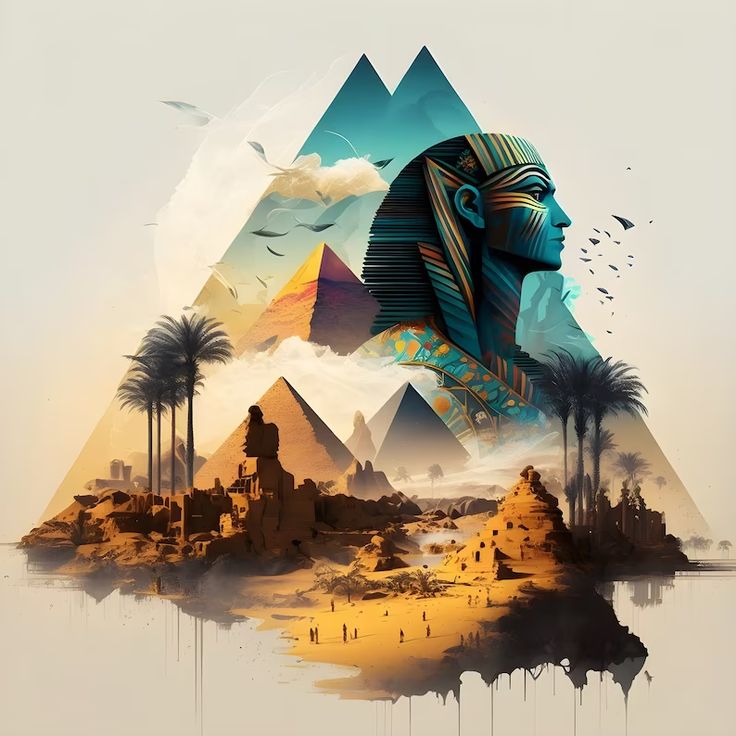
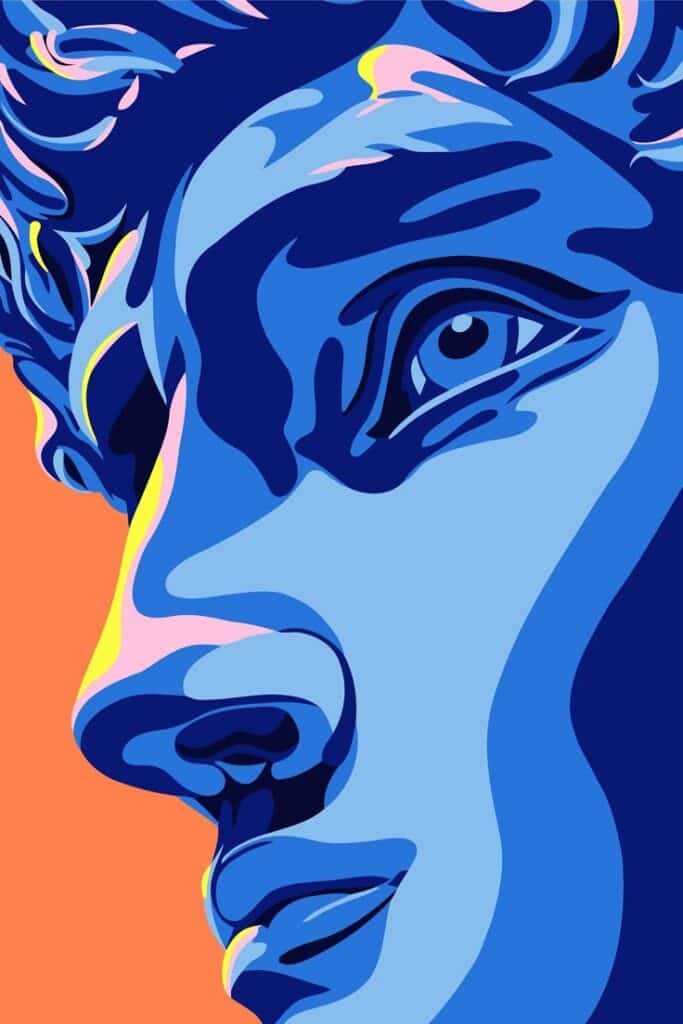
Inspiration isn’t limited to the contemporary. The vast channels of history, the rich tapestry of global mythologies, and the mind-bending discoveries of science offer an endless wellspring of ideas. Think about ancient civilizations, forgotten legends, or historical figures. What if a famous historical event was reinterpreted in a cyberpunk setting? How would a mythological creature look in a realistic digital painting?
Similarly, science provides incredible visuals and concepts. From the microscopic world of cells and bacteria to the vastness of galaxies and nebulae, there’s an abundance of aesthetic and narrative inspiration. Consider bioluminescent organisms, quantum physics concepts, or the intricate designs of engineering. Even foundational subjects like anatomical drawing of the human body can provide a scientific understanding that informs more fantastical or stylized character designs. These fields are ripe for artistic interpretation, allowing you to create pieces that are not only visually striking but also deeply resonant or thought-provoking.
10. Take a Break and Do Something Completely Unrelated
Sometimes, the best way to find inspiration is to stop actively looking for it. Step away from your screen. Go for a walk, cook a new recipe, read a book (non-art related!), garden, listen to a podcast, or spend time with friends. Engage in an activity that completely clears your head and shifts your focus. Creative breakthroughs often happen when your mind is relaxed and not actively struggling to come up with ideas.
This is because your subconscious mind continues to process information and make connections even when you’re not consciously thinking about art. A change of scenery or a different activity can provide the necessary mental space for those ‘aha!’ moments to occur. You might suddenly see a solution to a design problem, or a completely new idea might pop into your head while you’re doing dishes. Giving yourself permission to rest and rejuvenate is not laziness; it’s an essential part of the creative process. Come back to your digital canvas refreshed, and you’ll often find the inspiration you were searching for has silently settled into place.

Finding digital art inspiration doesn’t have to be a daunting task or a sporadic stroke of luck. By casually integrating these ten practices into your routine, you can cultivate a constant flow of ideas and maintain a vibrant creative spirit. From keenly observing the subtle nuances of your daily life to diving deep into historical narratives or simply allowing yourself to recharge, every experience holds the potential to spark your next masterpiece.
The key is to remain open, curious, and playful in your approach. Don’t pressure yourself to create something groundbreaking every single day. Instead, focus on nurturing your artistic curiosity and allowing inspiration to find you in unexpected places. Embrace experimentation, engage with the world around you, and remember that every moment can be a canvas waiting for your unique digital touch. So, next time you face that blank screen, try one of these casual methods and watch your creativity ignite. Keep exploring, keep creating, and most importantly, keep enjoying the incredible journey of digital art.
Frequently Asked Questions
What causes creative block in digital art?
Creative block often stems from pressure, fear of failure, overthinking, lack of new input, or simply burnout. It can also be caused by trying to force ideas rather than allowing them to emerge naturally.
How can I make observation a more effective source of digital art inspiration?
To observe effectively, practice mindful awareness. Focus on sensory details: colors, textures, light, shadows, and forms. Take quick notes or photos of anything that catches your eye, and try to ask yourself why it’s interesting to you.
Is it okay to look at other artists’ work for inspiration?
Absolutely! Looking at other artists’ work is a great way to understand different techniques, compositions, and styles. The key is to draw inspiration and learn, rather than to copy directly. Use it as a springboard for your own unique ideas.
How do mood boards help with digital art inspiration?
Mood boards help you collect and visualize diverse ideas, colors, textures, and themes in one place. They act as a visual reference library, allowing you to synthesize different elements into a cohesive vision for your own project.
How often should I try to find new digital art inspiration?
Ideally, you should cultivate a mindset of continuous inspiration-seeking, integrating it into your daily life. Even small, casual moments of observation or exploration can accumulate into a rich wellspring of ideas. Aim for daily engagement, even if it’s just for a few minutes.
Can random prompt generators really lead to good art ideas?
Yes! While initial prompts might seem silly, they force your brain to make unexpected connections and think outside the box. This can break conventional thought patterns and lead to truly original and innovative concepts you might not have considered otherwise.
What if I try all these methods and still feel uninspired?
If inspiration still eludes you after trying various methods, it might be a sign that you need a complete break. Step away from art entirely for a day or two, engage in non-creative hobbies, and allow your mind to fully rest and reset. Often, inspiration returns with renewed vigor after a proper break.
- 7shares
- Facebook0
- Pinterest7
- Twitter0
